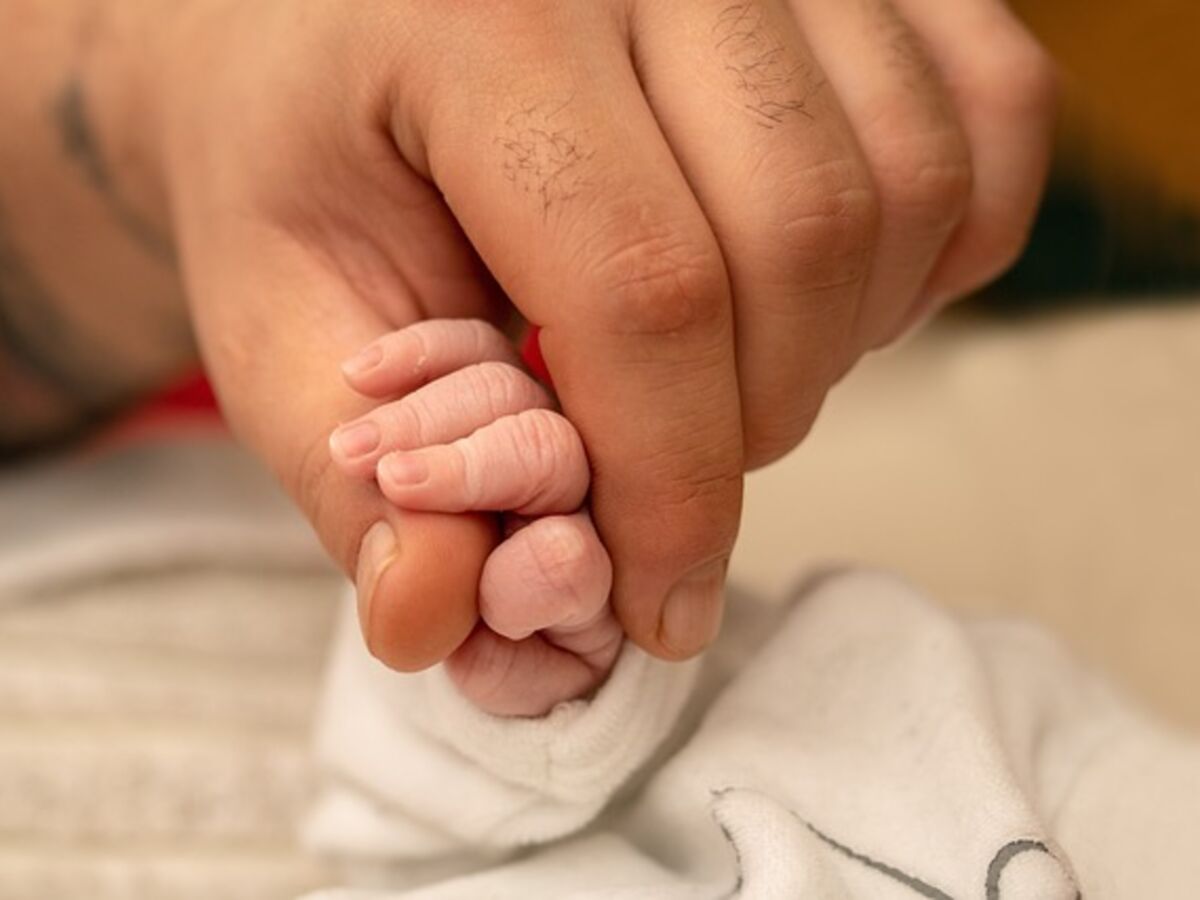Contact eczema or atopic eczema?
The distinction is important because these two forms have different causes: their treatment also differs. Baby contact eczema is therefore just a simple one-off allergic reaction, in response to contact with an allergenic substance. Typically, his skin has not tolerated the new detergent used to clean his clothes, but many other substances can trigger the allergy, such as nickel present in costume jewelry…
Atopic eczema (atopic dermatitis of infants), on the other hand, is a chronic skin disease of hereditary origin, causing hypersensitivity of the baby’s skin. As a result, it overreacts to all kinds of products ranging from cigarette smoke to dust mites including the ingestion of certain foods (e.g. cow’s milk, peanuts)… This form of eczema progresses in more or less flare-ups. frequent but don’t be worried: in the vast majority of cases, the attacks calm down around the age of 2-3 then disappear completely around the age of 5. In addition, as long as his symptoms are well treated, baby will tolerate this illness very well until he recovers.
What are the symptoms of baby eczema?
Whatever the type of eczema, it manifests itself by the appearance of red patches: the skin is dry, irritated and covered with very small blisters which ooze when they rupture. Crusts form and then fall off. In babies, these plaques are generally located on the face, especially on the forehead, on the scalp, cheeks and chin. The neck, buttocks, arms and legs are also often affected. Unfortunately, the itching can be quite severe: it is by far the most painful symptom for babies, especially if they scratch too much, because their skin can become painful or even bleed.
Baby eczema: what complications?
There is not much to fear, except if baby scratches too much: he then risks a bacterial secondary infection. Warning signs: the presence of pus, yellowish crusts and/or fever. Consult without delay: a simple local antibiotic treatment is usually enough to resolve the problem. Another thing to know: statistically, if your baby suffers from atopic dermatitis, he is more likely to have diaper rash. The risks of having asthma and/or hay fever (allergic rhinitis) when he is a little older are also higher (the reasons for this phenomenon remain unknown).
Diagnosing baby eczema
It is better to consult as soon as symptoms of eczema appear to obtain appropriate treatment. By taking into account the appearance of the lesions, the frequency of attacks and any history of allergies in your family, the diagnosis is generally simple to make. Allergy skin tests may also be performed.
Baby eczema: what are the possible treatments?
For contact eczema, it is generally sufficient to apply a cream with a low dose of corticosteroids to the lesions (normally, the treatment does not last more than 6 days). It is also necessary to avoid putting the child in contact with the responsible allergenic substance.
Atopic eczema is a little more complex to treat: corticosteroid-based creams are also used during attacks but various precautions must also be taken between outbreaks. The main one is to continually ensure that baby’s skin is well hydrated (dry skin promotes attacks): your doctor will surely recommend a moisturizing lotion or cream to apply daily.
The right actions in the event of a baby eczema attack
In addition to applying the treatment, one of the main things to do is to cut your baby’s nails fairly short or possibly make him wear mittens: this helps limit the risk of bacterial secondary infection when he scratches.
To soothe your baby’s itching, you can also easily combat dry skin by pouring a little vaseline oil (available without a prescription in pharmacies) into his bath water (ideally at 36°C). Also wash it with a rich soap, without perfume or dye.
Atopic dermatitis: how to prevent attacks?
In addition to using a moisturizing lotion daily, you can also install an air humidifier in your baby’s room to prevent dry skin. Avoid woolen clothes and blankets, which are too warm: prefer cotton for your baby. Finally, baby must stay as far away from allergenic substances as possible. In particular, you must dust your stuffed animals and your room very regularly (in the absence of your baby) to limit the proliferation of mites. If a food promotes seizures, you will also need to remove it from your diet.
Read also: Erythema: his buttocks are all irritated
